Jumper on the heating battery: why is it needed?
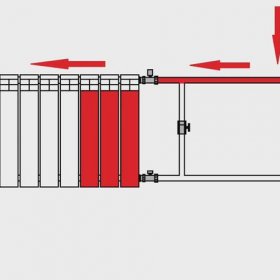
The one-pipe heating system in apartment buildings is imperfect, and many residents are faced with insufficiently efficient room heating. It is almost impossible to carry out repair and preventive measures of the heating system at a time when the system is running, so mysterious jumpers are present on radiators in some apartments. What is it and why is it necessary?
Why do we need a jumper on radiators
The jumper on the radiator, or bypass, is a special pipe that allows you to isolate the battery from the heating pipe. In a one-pipe system, water moves along the riser from top to bottom or vice versa, heating apartment after apartment on each floor. From the pipe, hot water enters the battery and, passing through it, returns to the common pipe again.
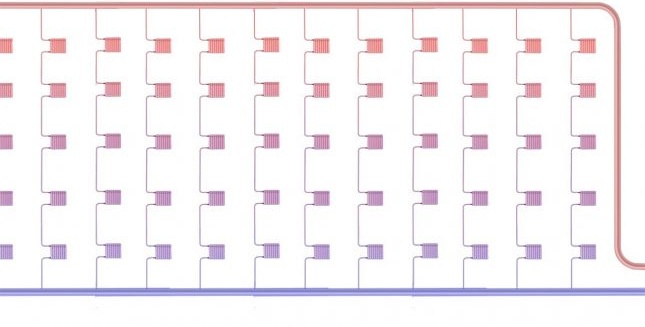
The one-pipe heating system is a multi-level structure of dependent flow radiators reporting to one heater
Bypass connects the common pipes of the riser to each other, which makes it possible to adjust the radiators in the apartment without blocking the heating throughout the house.

Bypass allows the heater to run along the riser bypassing the radiator, which makes it possible to control the temperature of each battery using the regulator
By and large, the jumper allows you to:
- block the heating in a specific radiator, remove or replace the battery, which may be necessary in case of leakage or repair of the apartment;
- install heating controls on each individual radiator, which makes it possible to independently set the microclimate in the rooms of the apartment.
Bypass is legally permitted and can be implemented in the heating system in any apartment, without exception. According to the standards, the jumper must have a smaller diameter than the main pipe for heating the riser, and water shutoff taps or regulators cannot be installed on it. Fittings, gauges and filters can only be legally introduced if they are located after the bypass and do not interfere with the heating of the entire riser.
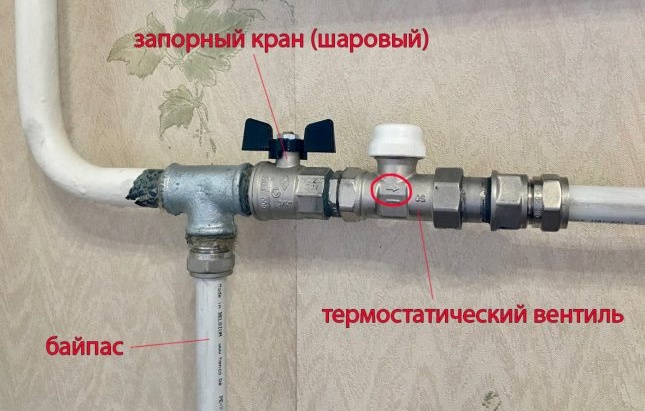
If there is a bypass, the heating controllers as well as the flow and shut-off valves are installed after the riser bridge
Video: what is the jumper on the radiator (bypass)
The jumper on the radiator is called bypass - it is a pipe connecting the heating pipes of the riser to bypass the radiator. It allows you to shut down or replace the radiator without the need to block heating throughout the riser. Also, the presence of a bypass makes it possible to install heating control valves to create the most comfortable microclimate in the room.
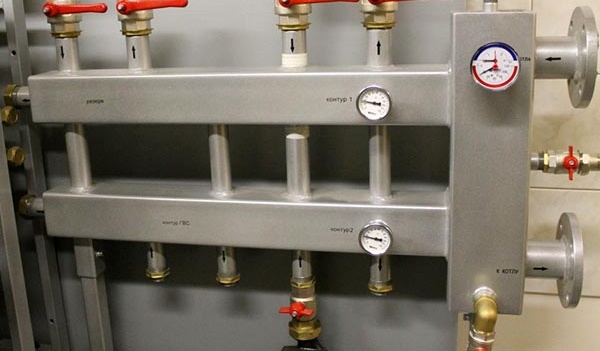
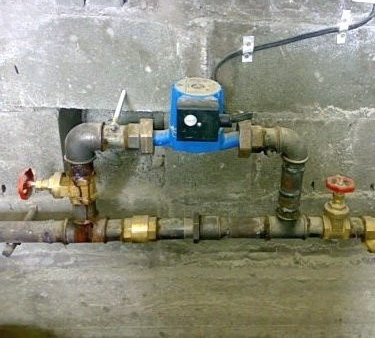
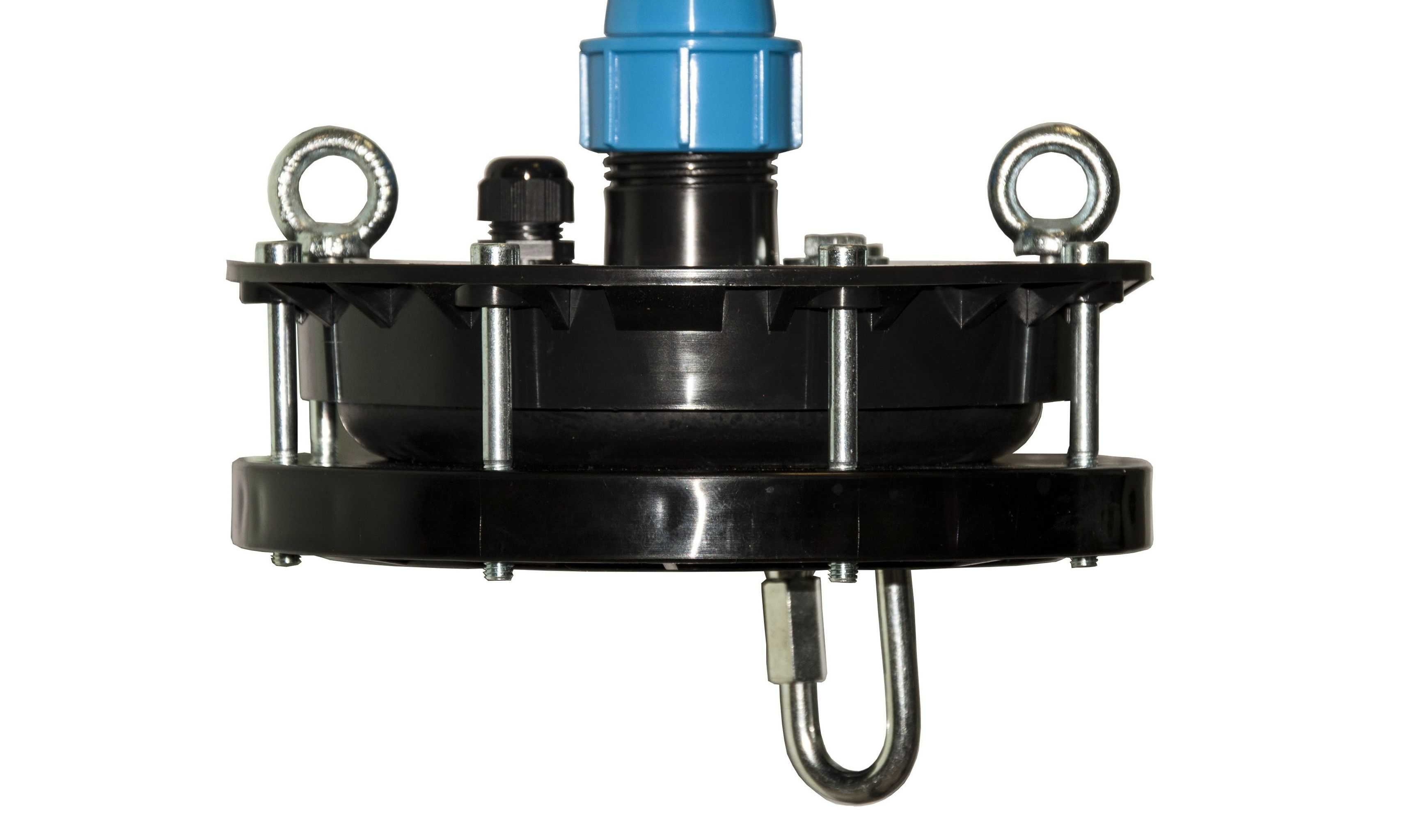
3 comments